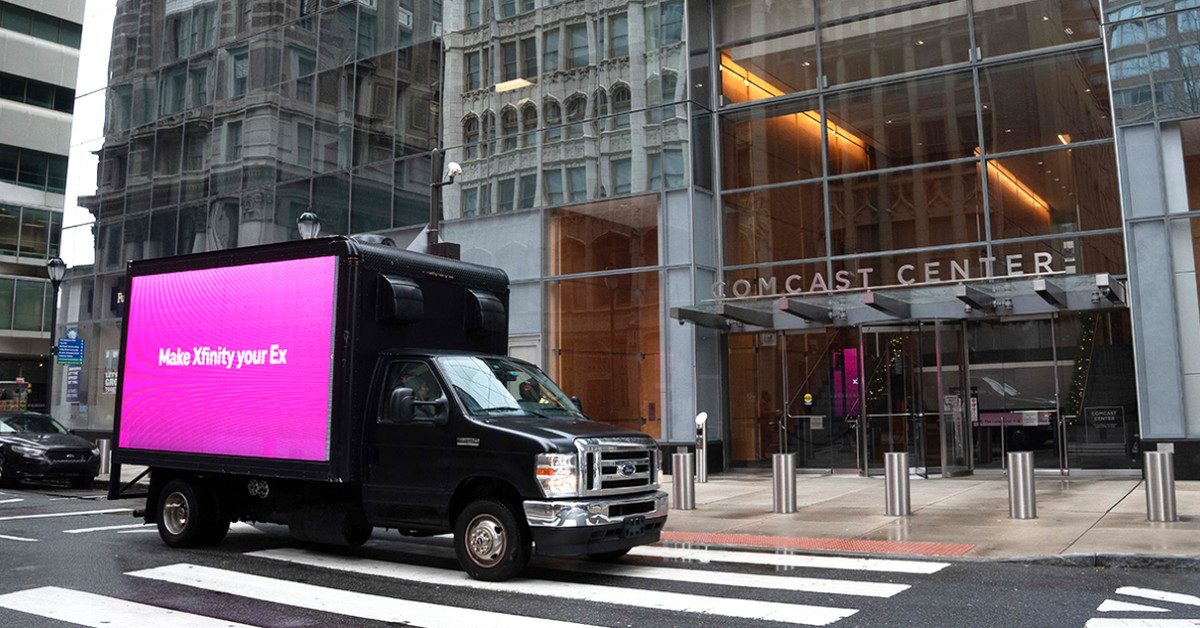What is ClickOps, and How Can You Prevent It? – Interconnections – The Equinix Blog
Why is ClickOps a problem for digital businesses?
The irony that automated cloud infrastructure is now frequently managed via highly manual ClickOps should not be lost on anyone. ClickOps exists for the simple reason that different cloud providers organize their menu options differently, which requires users to figure out the inconsistencies for themselves.
In ClickOps, the user is left to their own devices to configure and deploy the automated infrastructure they need across multiple clouds, and they will have to sift through phonebooks worth of the cloud providers’ manuals. As portal features and their documentation change frequently, they’ll sometimes have to learn how to perform specific tasks via time-consuming trial and error. In addition, this hard-won knowledge doesn’t always transfer easily from one individual to another; when an experienced employee leaves for any reason, they’ll take their knowledge and experience with them, leaving the organization right back where it started.
What makes ClickOps so problematic?
To put it simply, ClickOps is wholly incompatible with an effective hybrid multicloud strategy. The lack of a single consistent method for managing infrastructure across clouds can create a number of different issues.
For one thing, ClickOps is slow. As an organization’s cloud needs change over time, they won’t always be able to adjust their infrastructure quickly enough to keep up. This makes the cloud architecture less flexible and scalable, thus chipping away at some of the key benefits the organization hoped to gain from moving to hybrid multicloud in the first place.
In addition, ClickOps is error prone. The fact that it relies entirely on the individual doing the clicking means that there’s a high potential for human mistakes. Even the most knowledgeable and experienced cloud engineer has been known to slip up and click the wrong thing from time to time. In the case of ClickOps, this could manifest itself in a cloud architecture that fails to put the right workloads in the right places. As a result, the organization may not get the performance benefits they were hoping for. Resiliency may also suffer, as the organization won’t be able to redeploy infrastructure consistently to support disaster recovery efforts.



